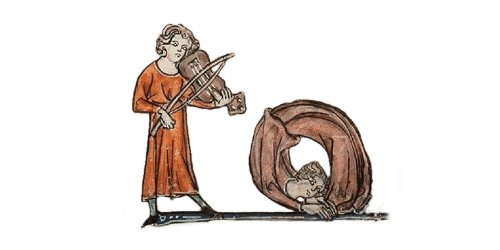Early Music Now’s Baltimore Consort Concert
The spirit of Renaissance music at St. Paul’s Episcopal Church
By Rick Walters
The 400th anniversary of the death of William Shakespeare is triggering all kinds of activities around the world in 2016. The first to hit the Milwaukee classical scene was a friendly, charming concert by The Baltimore Consort on Saturday evening (Feb. 13) at St. Paul’s Episcopal Church, part of the Early Music Now series.
Now in its 36th season, The Baltimore Consort is comprised of soprano Danielle Svonavec and five players: Mary Anne Ballard (treble and bass viols); Mark Cudek (bass viol and cittern, a Renaissance instrument similar to a mandolin); Larry Lipkis (bass viol, recorder, krummhorn, gemshorn); Ronn McFarlane (lute); and Mindy Rosenfeld (flutes, fifes, bagpipes, krummhorn).
Each of the eight sections of the program were themed on one or more of Shakespeare’s plays, including settings of his song texts and instrumental works specified in a play, or which capture the mood of a scene. All the music was British and from Shakespeare’s era, including pieces by John Dowland, Robert Johnson, Thomas Morley and others.
Svonavec used her attractive, smallish and pure voice with expressive variety, giving interesting accounts of songs such as Johnson’s “Where the bee sucks” from The Tempest, and “It was a Lover and his Lass” from As You Like It. (It’s a treat to hear something familiar on an early music concert, usually comprised of less-trodden literature.) Some numbers called for character acting, not inappropriate for a program based on plays by the Bard, and in these Svonavec was a persuasive actress. She belted the eerie “Gravedigger Song” from Hamlet, dressed in costume and walking with glacially slow movement. Dressed as Puck, she sang “The Mad, Merry Pranks of Robin Goodfellow” as she carried out spirited pranks on the musicians.
McFarlane is a master of the lute, showing enormous technique in nimble playing, or creating poetic statements, such as in Dowland’s “Fancy.” The excellent musicians generally conjured a crisp, light and pleasant spirit. The relationship between Renaissance music and folk music was often apparent, especially in jig-like dance music. As is always the case with Early Music Now, the place was packed with attentive listeners.

